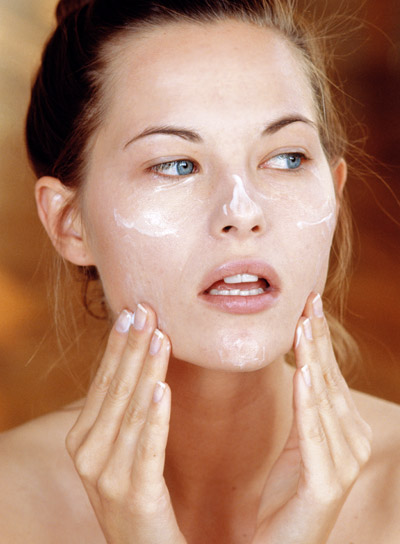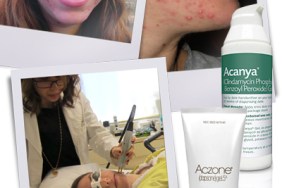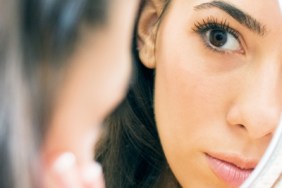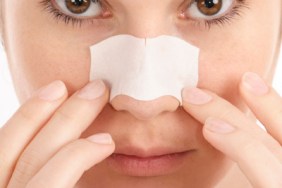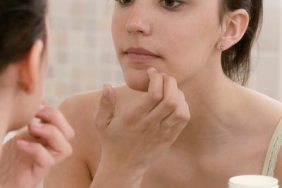As if just having acne weren’t frustrating enough, when it comes to treating it, one of the first challenges involves identifying just what you’re up against. Keep reading to see if you’re a victim of hormonal acne.
How To ID and Treat Hormonal Acne
-
How To ID and Treat Hormonal Acne #1
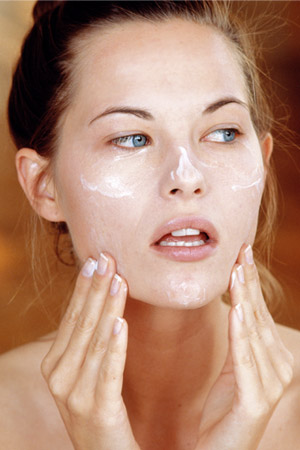
By Sara Spruch-Feiner
As if just having acne weren’t frustrating enough, when it comes to treating it, one of the first challenges involves identifying just what you’re up against. Keep reading to see if you're a victim of hormonal acne.
-
How To ID and Treat Hormonal Acne #2
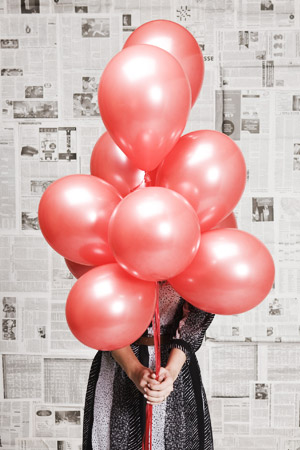
How can I tell if my acne is hormonal acne?
According to Dr. Rebecca Kazin, of the Washington Institute of Dermatologic Laser Surgery and the Johns Hopkins Department of Dermatology, hormonal acne “usually worsens with your menstrual cycle.”
“If you develop deep, cystic, tender bumps under the skin,” this can signify hormonal acne -- especially if it occurs along the jawline, explains Dr. Whitney Bowe, M.D. “Hormonal acne falls into two categories -- the first is teen/adolescent acne which results from changing hormone levels,” Dr. Marina Peredo, M.D. explains.
“The second is hormonal acne found in women due to premenstrual hormones and peri menopausal fluctuations. The acne triggered by hormonal fluctuations in women tends to occur on the lower part of the face including the chin.” The major takeaway: got acne around your chin and during your period? It’s probably hormonal.
-
02 Beautyriot Logo Hormonal Acne
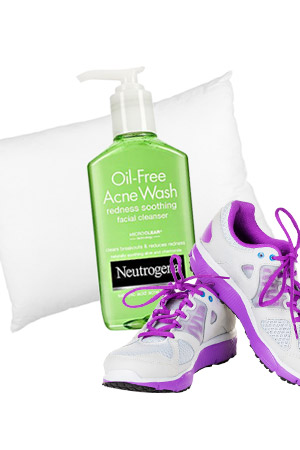
What can I do in the days before my period to prevent hormonal acne?
“Use a salicylic acid based cleanser,” Dr. Peredo advises. (We like Neutrogena’s Oil-Free Acne Wash Foaming Facial Cleanser). Plus: “Exercise, get plenty of sleep and apply a topical anti-acne product prescribed by your dermatologist just to the area that is prone to break out.”
Dr. Bowe recommends sticking to a healthy, consistent diet as not doing so can also contribute to acne. Though it’s certainly easier said than done, all of the dermatologists I spoke to advised trying to reduce your stress as best you can, since stress exacerbates hormonal fluctuations.
-
How To ID and Treat Hormonal Acne #4
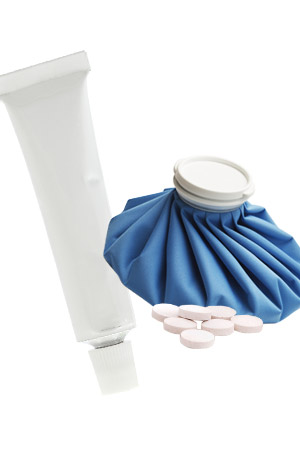
How can I treat my hormonal acne?
“Hormonal acne is often cystic with large, pus filled bumps that are deep under the surface of the skin,” Dr. Peredo explains. Thus, you should head to your dermatologist for a prescription topical containing retinoic acid, which can help manage the breakouts, she says. “In some cases, the cyst can be so large and inflamed that only a cortisone injection will help reduce it.” Icing it several times a day can help reduce the inflammation. This type of deeper, cystic hormonal acne, which is not usually connected to the surface is tough to treat topically.
“Oral medications like oral contraceptives or a pill called spironolactone can work wonders,” Dr. Bowe notes.
-
How To ID and Treat Hormonal Acne #5
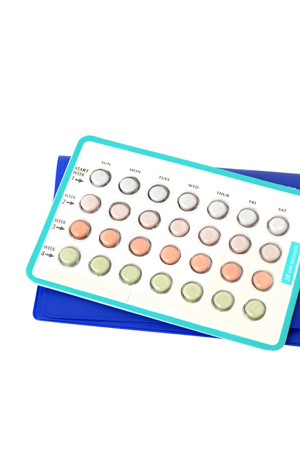
What if I’m on a form of birth control which eliminates menstrual periods? Can I still get hormonal acne?
In short: Yes. “Birth control pills reduce the signs of PMS -- including acne -- however, other factors can still trigger acne, such as stress,” Dr. Peredo explains. Use the above tips to identify and treat your breakouts.
